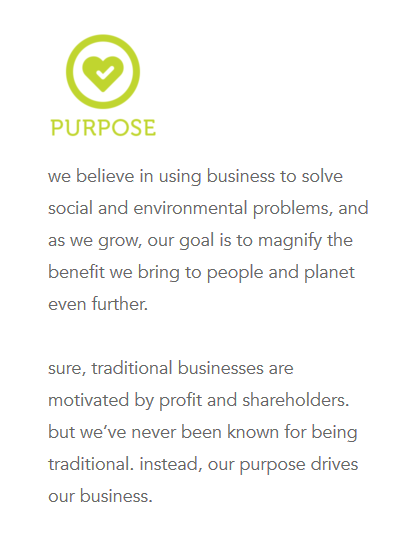How to use humor in technology writing
October 30, 2020
By MarketReach Perspectives
July 15, 2020

It can be tough to understand all the terms that marketing and advertising writers toss around. It can also be awkward to ask your coworkers what all that jargon means, especially when everyone else in the room seems to know.
Here’s our take on three writing terms that may be tripping you up.
Think of voice as the personality behind the words. When you read an organization’s copy, what sort of personality comes to mind? Intellectual? Funny? If so, is the humor silly, sarcastic, or dry? Enthusiastic and lively, or more sedate and composed? None of these traits are good or bad. They are simply choices an organization makes when representing itself.
After a company has defined its brand voice, it's important that everyone who writes for the company knows it. They must understand that they are no longer writing in their own voice but are instead one of a team presenting the voice of the company. Some companies are so good at maintaining a consistent voice that supporters can identify the source of the writing before seeing the company name.
Those who are familiar with your brand voice will especially notice when it’s done incorrectly. People become accustomed to a company’s voice. When it’s done wrong, it feels like the voice of a stranger. And people aren’t as likely to trust brands that feel like strangers.
If voice is the personality behind the words, tone is the mood. And just as one person can express different moods over time and still seem to have one coherent personality, your organization’s copy can communicate in different tones, yet maintain one consistent voice. As seen in the header graphic, it is the only variable.
Maybe your brand usually sounds comic, but you also know to keep the jokes and puns under wraps when writing about a serious subject. Likewise, a normally dry-sounding brand voice can surprise you with, say, an occasional pun. Your brand voice can stay whole, while varying itself slightly with different tones.
Tone is sometimes dictated by the medium. In the case of social media, most companies adjust their tone by leaning toward the more casual, especially for Facebook, Twitter, and Instagram.
Where voice and tone refer to the personality and mood behind the words, style refers to the technical rules the writer follows—rules for capitalization, punctuation, preferred spellings and terminology, and much more.
Many organizations establish a single set of these rules—a single writing style—for all client- or customer-facing material. They do this for two main reasons.
First, by being technically consistent in the way you write, you display general writing competence. And who doesn’t want to associate their brand with competence (and avoid associating their brand with its opposite)? Secondly, some aspects of style—capitalization, for example—can help to express your brand voice.
Here are two different examples of voice and style. The first is from the company website of method, the manufacturer of environmentally friendly cleaning products. What's the voice like? (What personality are you sensing behind the words?)

Through careful word and sentence-structure choices, the writer of this method copy has produced a brand voice that feels laid back, conversational, caring—a good fit for this mission-driven company.
Now notice how the writer has used style. No initial capitalization in sentences, which feels sort of rebellious and rule-breaking, right? A good fit with this company that claims to shrug off tradition in favor of purpose.
And here’s a second copy example, from the website of a different sort of company: the investment management company Fidelity. What's the voice like?

What personality do you sense behind the words? I get authoritative, professional, daring but not reckless—pretty much what you want from a company that’s going to help you plan for your retirement. And does their writing style fit the bill? Well, it’s more traditional and staid than method’s style. Fidelity doesn’t pull the rug out from under us when it comes to capitalization; it reassures us by using the regular sentence- and title-case styles of capitalization we’re used to seeing.
Well, that’s the skinny on voice, tone, and style. No more need to mumble these words under your breath or altogether avoid them or the people who use them. Now you, too, can toss them around with confidence.
We take pride in a team loaded with smarts, wit, and ideas. If you'd like to have a smarter, wittier inbox filled with ideas each month, subscribe here to the MarketReach Blog, and we will let you know when there is something new you might like!

Need us now? Just want to learn more? We’d love to talk.